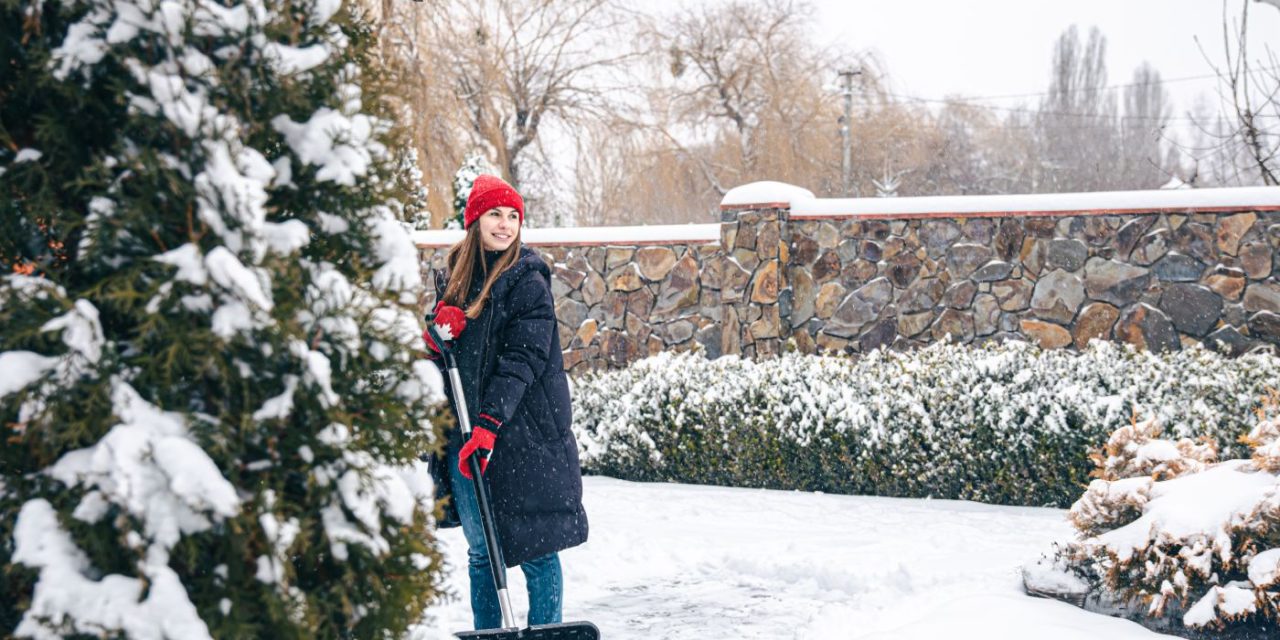As winter blankets your garden in a layer of frost, it’s time to become a steward of your landscape, ensuring its vitality even in the chilliest months. With a few strategic measures, you can protect your garden and set the stage for a vibrant spring. Here are eight tips to guide you in safeguarding your garden during winter.
1. Mulching Matters:
Mulching acts as a cozy blanket for your garden, providing insulation that shields soil and roots from extreme temperature fluctuations. Opt for organic mulches like straw, leaves, or bark to enhance soil fertility as they decompose. The relatively inexpensive cost of mulch (around $5 per bag) is a small investment for the protection it offers.
2. Shield Sensitive Plants:
Certain plants are more susceptible to winter’s bite. Protect delicate specimens by using burlap or frost cloth as a barrier. Erecting a windbreak can shield your garden from harsh winter winds, preventing desiccation. Investing in a roll of burlap (approximately $17) can go a long way in safeguarding vulnerable plants.
3. Mindful Plant Selection:
Choose plants that are well-suited for your climate to ensure a resilient winter garden. Native and cold-hardy plants are naturally adapted to survive winter conditions, making them more robust and less reliant on extensive protection measures. Consider including hellebores, snowdrops, winter berries, and camellias in your garden.
4. Container Care:
Potted plants are more vulnerable to freezing temperatures. Move them to sheltered areas or group them together to create a microclimate. This simple step can make a significant difference in the winter survival of container plants.
5. Prune with Purpose:
Pruning is essential for promoting the health of your plants, but be strategic during winter. Remove dead or diseased branches to prevent potential issues, but avoid heavy pruning that can stimulate new growth vulnerable to frost. Pruning tools are a one-time investment that pays off in the long run.
6. Hydration Matters:
While it may seem counterintuitive, proper hydration is crucial during winter. Ensure your plants are well-watered before the ground freezes. Hydrated plants are better equipped to withstand winter stress and are more resilient when the growing season returns.
7. Pest Control:
Don’t overlook pest management in winter. Remove debris and fallen leaves, as they can harbor pests and diseases. Consider applying dormant oil to suffocate overwintering pests without harming beneficial insects.
8. Plan for Spring:
Use winter as a time for planning and preparation. Assess your garden’s layout, consider new additions, and plan for any necessary amendments to the soil. This proactive approach ensures you’re ready for a flourishing garden come spring.
9. Monitor Snow Accumulation:
Keep an eye on snow accumulation, especially in regions prone to heavy snowfall. While a blanket of snow can provide insulation, excessive weight can damage plants and structures. Gently remove snow from branches and shrubs to prevent breakage.
10. Invest in Garden Covers:
Consider using garden covers or cloches for individual plants or small beds. These protective covers create a microclimate, shielding plants from harsh weather conditions. They are reusable and provide targeted protection for vulnerable vegetation.
11. Winter Fertilization:
Give your garden a boost with winter-appropriate fertilization. Choose a slow-release fertilizer to nourish the soil during the dormant period. This helps plants access essential nutrients when they start actively growing again.
12. Insulate Container Plants:
For potted plants left outdoors, provide additional insulation by wrapping containers in bubble wrap or burlap. This extra layer helps regulate soil temperature and protects roots from freezing.
13. Maintain Pathways:
Clear snow and ice from garden pathways regularly. This not only ensures safe access but also prevents compacted snow that can lead to ice formation, potentially damaging plants underneath.
14. Protect Evergreen Trees and Shrubs:
Evergreens are susceptible to dehydration during winter due to loss of moisture through their leaves. Counter this by applying an anti-desiccant spray, which forms a protective coating and reduces moisture loss.
15. Consider Anti-Transpirants:
Anti-transpirants are substances that reduce water loss through plant leaves. Applying them to broad-leaved evergreens can mitigate moisture loss caused by winter winds, helping plants retain hydration.
16. Store Garden Tools Properly:
Winterize your gardening tools by cleaning, sharpening, and properly storing them. This ensures they remain in good condition for the next growing season. A bit of maintenance now saves time and effort later.
17. Evaluate Landscape Lighting:
Winter nights are long, and well-placed landscape lighting can enhance the beauty of your garden even in the dark. Check and repair outdoor lighting fixtures, and consider installing path lights to illuminate key areas.
18. Schedule a Soil Test:
Use the winter months to schedule a soil test. Understanding your soil’s composition allows you to make informed decisions about amendments and fertilizers for the upcoming growing season.
Conclusion:
By incorporating these additional tips into your winter garden care routine, you’ll create a resilient and thriving landscape that endures the challenges of winter. Thoughtful preparation and strategic interventions ensure that your garden emerges from the cold season ready to bloom and flourish.










